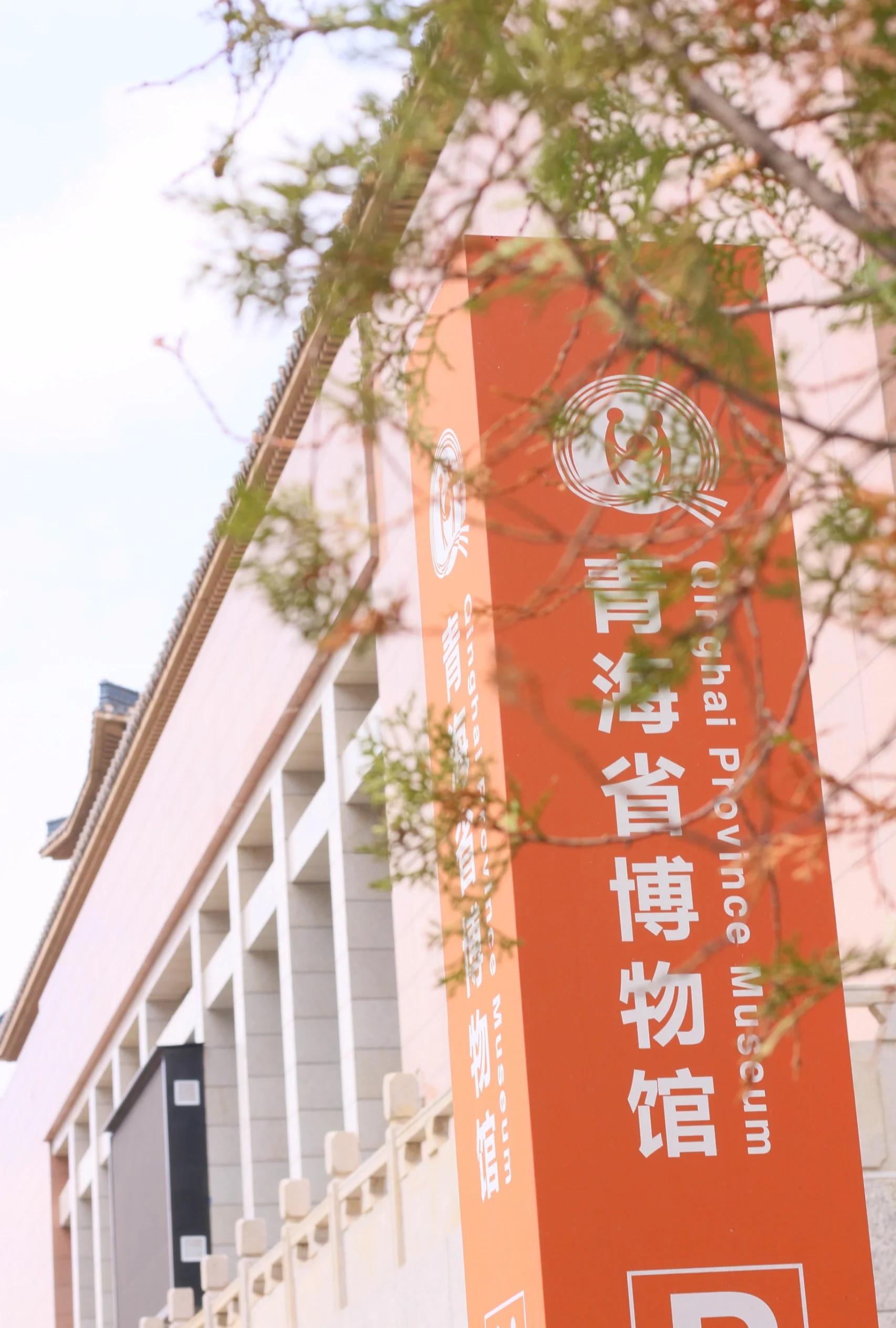The Kayo Cultural Site is a cultural tourist attraction. The Kayo Village Site is located in Kayo Village, Lijiashan Township, Huangzhong County, and Lijiashan Township in the north governs the entire Yungu RiverKayo cultureThe Yunguchuan River originates from Jinmo MountainKayo cultureThe upper reaches are divided into east and west rivers, and between the two rivers is a south to north high and south low fish ridge shape.Kayo cultureThe large gentle slope of Sichuan, commonly known as the turtle ditch, flows from north to south to the south of Kayo Village and merges into a river. Kayo Village is located at the triangle where the two rivers meet. The ruins of Kayo Village were discovered by Swedish Antsen in 1924.
Located in Xining area of Qinghai plateau, there is a site bearing rich history and culture, that is, Kayo cultural site quot Kayo quot means flat land in front of mountain pass in Tibetan language. Its name comes from the redivision of archaeologists and Siwa culture after 1949. It is named unique quot Kayo culture quot to distinguish it from Siwa culture, because both have their own unique regions and characteristics in geographical distribution and cultural connotation.
As an important archaeological discovery in the Hehuang area, the Xining Kayyo Culture Site has far-reaching historical significance. Documents and data reveal that around 1000 BC, the ancient residents active in this area were generally believed to be the distribution range of Qiang Kayyo culture.Kayo cultureIt reflects its close connection with Qiang culture. It is an important relic of ancient Qiang culture and provides us with a unique source of information for studying Qiang history.Kayo cultureIt provides valuable clues. In the evolution of ancient culture in China, the Central Plains region and.
The Xining Kayo Cultural Site is a long-standing indigenous culture in Qinghai Province. It has a large number of sites and is widely distributed. This cultural area starts from the intersection of the Yellow River and the Huangshui River in the east, along the upper reaches of the Yellow River to the surrounding Qinghai Lake, to the foot of the Qilian Mountains in the north, and to the vast area north of the Animaqing Mountain in the south. Especially in the Xining Basin in the middle reaches of the Huangshui River, the sites are the most dense. This is regarded as the core area of the distribution of Kayo culture. Kayo culture was first known to the world in 1923.
To sum up, the Kayo culture is an important Bronze Age culture in northwest China, with unique geographical distribution, economic life handicrafts and tomb forms.





还没有评论,来说两句吧...